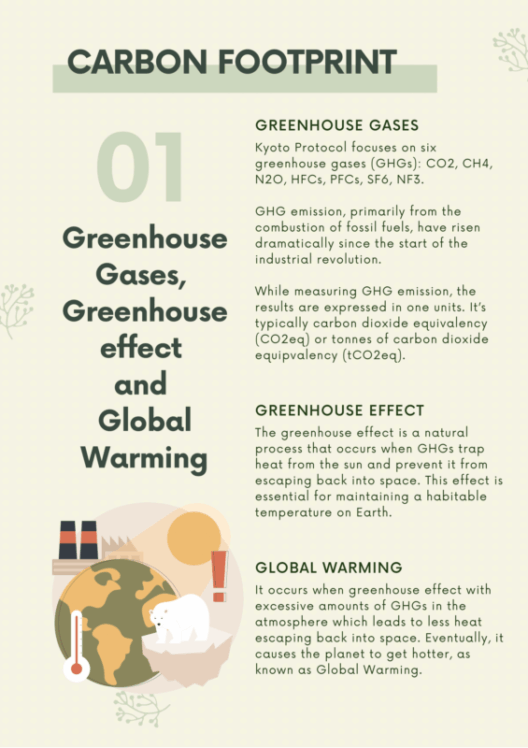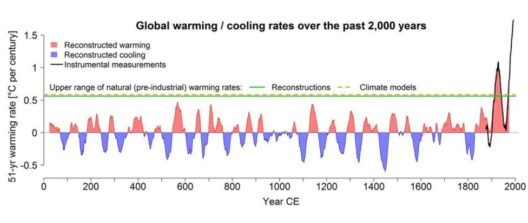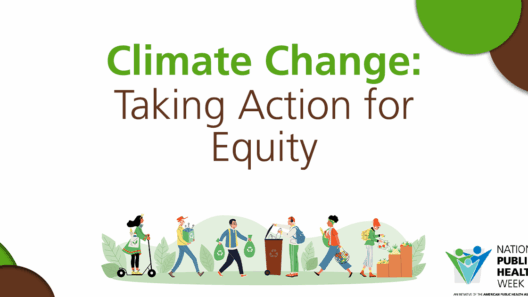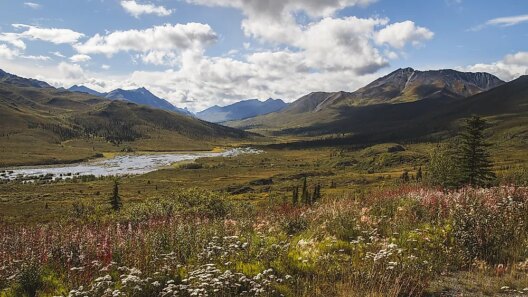The exquisite tapestry of life on Earth is largely woven by biomes—vast regions characterized by distinct climates, flora, and fauna. Understanding these ecological giants is imperative for grasping the myriad interactions within the natural world. A biome represents a collective of ecosystems that share similar climatic conditions, influencing the types of organisms that can thrive therein. This article explores the essence of biomes, their classification, the interplay of climate and species, and the urgent need for conservation.
One of the primary classifications of biomes includes terrestrial, aquatic, and aerial ecosystems. Each serves as a fundamental scaffold for life, extending across latitudes and longitudes, forming a delicate balance crucial for the survival of numerous species. Terrestrial biomes—such as forests, grasslands, deserts, and tundras—exemplify the myriad adaptations organisms have made to thrive under various environmental conditions.
Forests are among the most diverse and biologically rich biomes. They can be subdivided into tropical, temperate, and boreal categories. Tropical rainforests, teeming with life, are characterized by high rainfall and humidity, fostering a staggering array of plant and animal species. In stark contrast, temperate forests, with their seasonal climate, harbor deciduous trees that shed leaves, offering a spectacular display of colors in the fall. Boreal forests, or taigas, dominate the subarctic regions, with coniferous trees adapted to cope with frigid temperatures and heavy snowfall. Each subset not only enriches the planet with biodiversity but also plays a critical role in carbon sequestration, making them indispensable in the fight against climate change.
Grasslands, another terrestrial biome, present their own unique set of characteristics. These ecosystems, often dismissed as mere expanses of grass, are home to a plethora of herbivorous and carnivorous species, all intricately linked through a web of predation and competition. From the North American prairies to the African savannas, these biomes are shaped by the interplay of grazing, fire, and climate. The grasses themselves are resilient, adapted to survive through droughts and periodic fires, and they form a foundation for life, supporting not only a myriad of creatures but also agriculture that sustains human populations.
The arid landscapes of deserts contrast sharply with the lushness of forests and grasslands. These biomes thrive under extreme conditions, characterized by low precipitation and high temperatures. Cacti, succulents, and drought-resistant shrubs populate these areas, showcasing remarkable adaptations to conserve water. The inhabitants, from nocturnal mammals to reptiles, exhibit unique behavioral and physiological traits to endure the harsh environment. Understanding desert biomes is crucial; they remind us that life can flourish even under the most inhospitable conditions.
Moving beyond terrestrial realms, aquatic biomes encompass freshwater and marine ecosystems, each boasting unique characteristics. Freshwater biomes, including rivers, lakes, and wetlands, are essential for supporting a diversity of life and play a crucial role in the water cycle. These systems are inhabited by various organisms, from microscopic plankton to sizable fish species, all interconnected through complex food webs. Moreover, wetlands serve as natural filters, improving water quality and providing critical habitats for migrating birds, amphibians, and other wildlife.
Marine biomes, covering roughly 70% of the Earth’s surface, are indispensable to the health of our planet. Oceans, coral reefs, and estuaries are teeming with life forms that contribute to the global ecosystem. Coral reefs, often referred to as the “rainforests of the sea,” are among the most biodiverse ecosystems. They provide essential habitat for countless marine species and serve as crucial buffer zones against coastal erosion.
At the heart of each biome lies the intricate relationship between climate and its inhabitants. Climatic conditions dictate which species can thrive, influencing everything from the size and lifecycle of herbs to the migratory patterns of birds. Biomes are not static; they evolve over time in response to changes in climate, human activity, and other environmental pressures. This dynamic nature underscores the importance of biomes as indicators of ecological health. They serve as barometers, reflecting the consequences of climate change, deforestation, pollution, and habitat destruction.
Moreover, the loss of biodiversity within biomes poses a significant threat not only to the species that inhabit these areas but also to human populations. As ecosystems deteriorate, the services they provide—such as clean air, water filtration, and climate regulation—diminish. The ramifications of such losses resonate through food systems, livelihoods, and the overall balance of life on Earth. This reality compels urgent action and concerted efforts towards conservation.
Conservation strategies aimed at preserving biomes can no longer be an afterthought; they must be prioritized. Sustainable practices in agriculture, forestry, and urban development are critical routes to mitigate the impacts of human activity. Making informed choices in resource management, restoration projects, and biodiversity protection are essential steps. Global cooperation, public awareness campaigns, and policy reform focusing on conservation are equally necessary, demanding a paradigm shift in how we perceive our obligations toward the environment.
In conclusion, biomes are complex and critical systems that embody the intersection of climate, geography, and living organisms. They illustrate the diversity of life on Earth and highlight the intricate connections between ecosystems. As stewards of the planet, it is incumbent upon us to recognize the intrinsic value of biomes and to further our commitment to preserving these vital ecological treasures for generations to come. By fostering awareness, engaging in sustainable practices, and advocating for policies that protect biomes, we contribute to the harmony of life on our planet.








